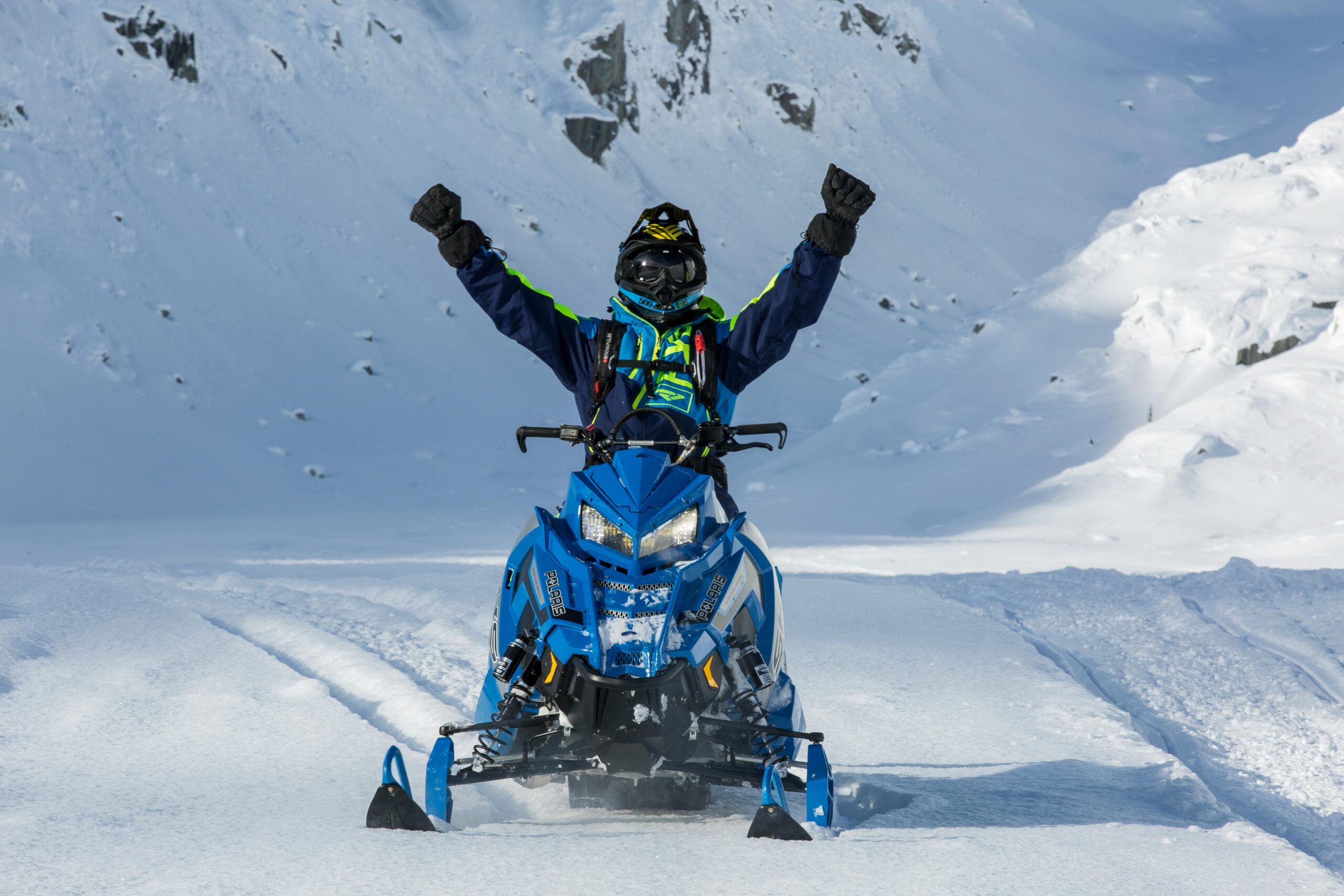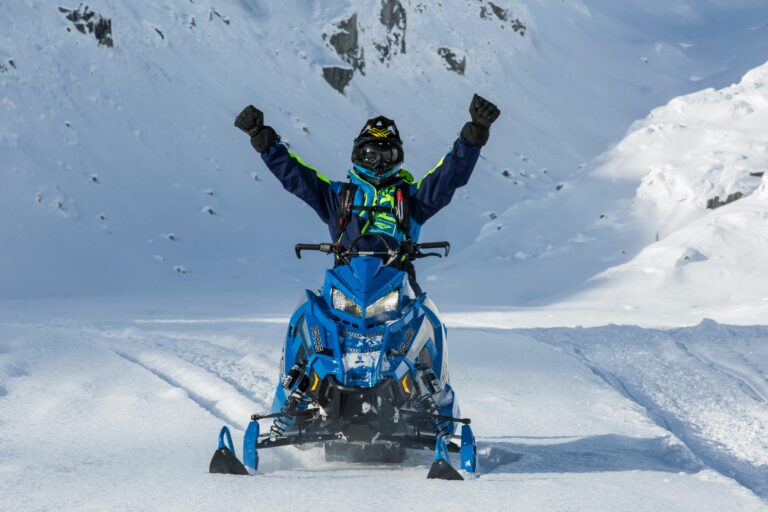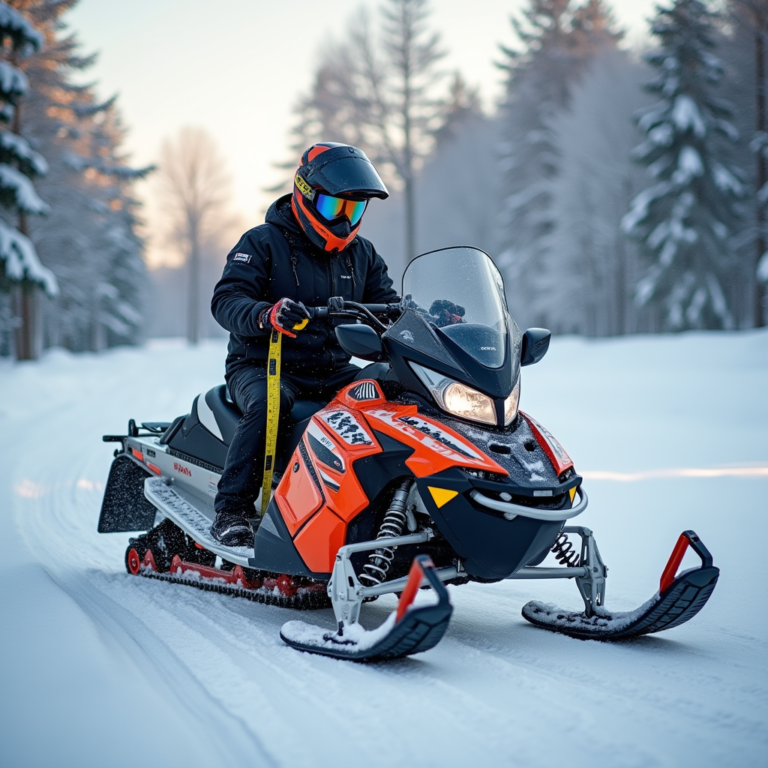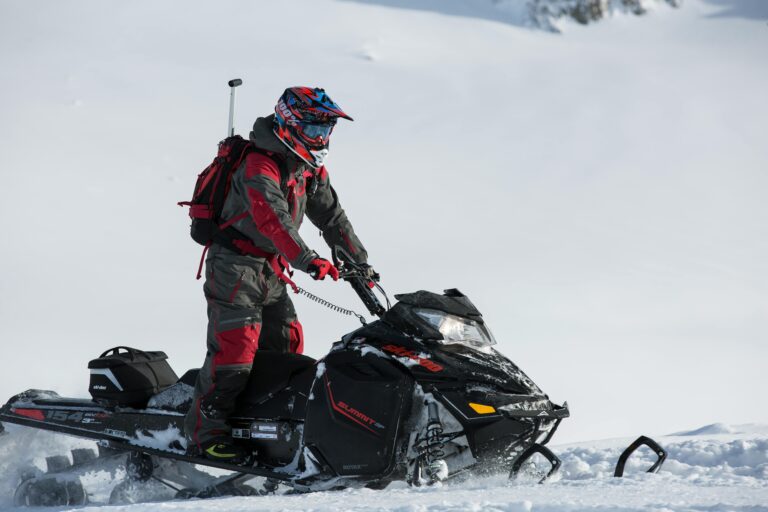Ever stood at the edge of a snow-covered trail and wondered, “How much snow do I actually need to have fun on my snowmobile?” If you’re itching to zip through winter wonderlands, getting the snow depth right isn’t just about fun — it’s about staying safe. In this guide, I’ll walk you through what makes snowmobiling good and safe, so you can hit the trails confident and avoid nasty surprises hiding under the snow.
What is the Required Snow Depth for Safe Snowmobiling?
In general, the required snow depth for safe snowmobiling varies, but typically a minimum of 6-12 inches of snow is needed to ensure safe riding conditions. Snow that is at least 6 inches deep allows for safe maneuvering without risk of bottoming out on hidden obstacles, while deeper snow provides better cushioning.

You might think, “A few inches are fine,” but trust me — less than 6 inches can be asking for trouble. Too little snow means you’re more likely to hit rocks, stumps, or frozen dirt that could seriously mess up your ride or even cause a spill. That sweet spot? At least 6 inches gives you enough cushion for smooth maneuvering. More snow means more comfort and less chance of damage.
Why Does Snow Depth Matter for Snowmobiling?
Deeper snow offers better cushioning for the snowmobiles, decreasing the risk of accidents due to hidden hazards. Insufficient snow depth can lead to damaging the ski and track if snowmobiles bottom out or encounter rocks or other obstacles.
Let me break it down: if the snow’s too shallow, you’re skating on thin ice — literally. Hidden rocks and other hazards sneak up on you, and your snowmobile’s skis or tracks take the beating. Deeper snow helps absorb the shock, so your ride is smoother and safer. Plus, it lets you handle turns and bumps without constantly worrying about what’s lurking underneath.
If you’re chasing speed or sharp turns, deeper snow makes it possible. It’s like the difference between riding on a cushion versus a rock-hard floor.
What are Safe Snow Conditions for Riding?
Safe snow conditions are characterized by compacted, frozen ground beneath a snow layer of sufficient depth. Powder snow offers the best riding experience, while slushy or icy conditions pose increased risks such as reduced traction and control.
Good snow isn’t just about how deep it is; it’s also about what kind of snow you’re riding on. Powder snow? Dream ride — soft and forgiving. Packed snow? More stable but less playful. Slushy or icy patches? They turn your ride into a slippery challenge. Slush drags you down, and ice turns your snowmobile into a sled with brakes.
If you want to avoid wipeouts, stick with powder or well-packed snow. Keep an eye on local conditions — they can change fast, so getting fresh info before you ride helps a lot.
How Can You Gauge Safe Snow Conditions?
Riders should assess snow density by examining the firmness of the top layer and gauging how much the snow compresses underfoot. Local weather reports can provide current snow depths and forecast conditions, making them essential for planning safe rides.
Here’s how I check snow safety before hitting the trail:
- Snow Density: I stomp my boot down to see if the snow holds firm or just sinks in. If it’s mushy or feels thin, that’s a red flag.
- Weather Updates: I always check recent snowfall and temps. A warm day can turn good snow to sloppy mess quickly.
- Visual Inspection: Lookout for any spots where snow looks patchy or thin — those are often hiding trouble like rocks or brush.
Doing this little home inspection takes minutes and can save you hours of grief.
What Types of Snow are Suitable for Snowmobiling?
Powder snow offers the softest ride, allowing for easier maneuvering, while packed snow offers stability. Wet snow can be challenging, as it often leads to less control and can cause the snowmobile to bog down, especially for inexperienced riders.
Different snow types make a big difference. Powder feels like riding on a fluffy mattress — soft and easy to maneuver. Packed snow is firmer, giving you more traction but less bounce. Wet snow? It’s heavy and sticky, and if you’re not experienced, it’s easy to get stuck or lose control. Ice takes those challenges to another level — only if you’re an expert should you tackle that.
Here’s a quick cheat sheet:
| Type of Snow | Characteristics | Ideal Rider Skill Level | Performance Impact |
|---|---|---|---|
| Powder | Soft, fluffy | All levels | Excellent maneuverability |
| Packed | Firm, stable | All levels | Good stability & handling |
| Wet | Heavy, dense | Experienced only | Can bog down & lose control |
| Ice | Hard, slippery | Advanced riders | Very challenging control |
Pick your snow, plan your ride.
What Are the Common Mistakes in Evaluating Snow Conditions?
A frequent mistake is assuming that any amount of snow is acceptable; however, snowmobiles require specific depths for safe riding. It’s essential to check local resources or speak with experienced riders to avoid potentially hazardous conditions.
Here’s what I see people mess up all the time:
- Thinking “a little snow is enough.” Nope. Less than 6 inches and you’re flirting with danger.
- Ignoring local advice. Locals know the tricks and tricks of the terrain better than any weather app.
- Forgetting snow changes fast. A sunny afternoon can turn perfect powder into a muddy sponge. Always check recent updates before you go.
Don’t let these slip-ups ruin your day or your machine.
How to Prepare Your Snowmobile for Varying Snow Conditions?
Proper maintenance includes adjusting skis and tracks based on snow density and inspecting the snowmobile regularly for performance. Additionally, using specific gear for various conditions, such as shorter treads in deep powder versus longer treads on packed snow, can improve handling.
Snow conditions change, and your snowmobile needs to keep up. Some tips:
- Adjust your skis: Changing their angle or position can help with grip depending on the snow type.
- Keep an eye on your tracks: Worn or damaged tracks don’t just ruin ride quality — they can be dangerous.
- Mind your weight balance: How you distribute your weight makes a huge difference, especially in deeper snow.
A little tune-up before you ride goes a long way toward keeping you safe and having fun.
What do Experts Recommend for Ideal Snowmobiling Conditions?
Experts recommend a minimum of 8-12 inches of consolidated snow for safe riding, especially in new riders. Each ride should be equipped with appropriate safety gear, including helmets and protective clothing, to mitigate risks.
If you want to ride like the pros recommend, aim for 8 to 12 inches of well-packed snow. That’s where it gets safe and fun for most riders. And gear up! Helmet, goggles, gloves, and protective clothing aren’t optional if you want to walk away smiling.
Don’t skip checking local reports or guidelines. They’ll keep you in the loop on any new hazards or rules.
Table of Snow Depth and Safety Levels
| Snow Depth (inches) | Safety Level | Recommended Action | Notes |
|---|---|---|---|
| 0-2 | Not Safe | No riding | Risk of bottoming out on hidden obstacles. |
| 3-5 | Caution | Only for experienced riders | Lack of control—possible hazards present. |
| 6-8 | Mildly Safe | Stay aware—check for hazards | Risks increase without rigorous checks. |
| 9-12 | Safe | Good for most riders—great riding experience | Manage speed as terrain can vary. |
| 12+ | Very Safe | Optimal conditions—explore freely | High fun factor, but check for new hazards. |
Additional Resources
If you want to see these tips in action, check out these videos:
Stay safe out there, and enjoy every minute on your snowmobile! For more hands-on advice, you can also dive into Snowmobiling for Fat Riders and How Fast Do Snowmobiles Go.
Now go get out there and make some snowy memories. Just remember: respect the ride and ride safe!






